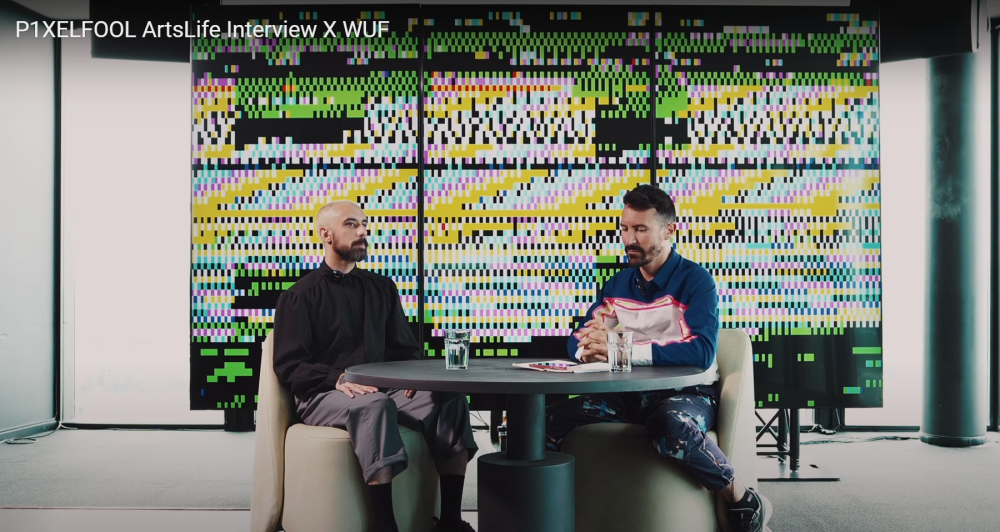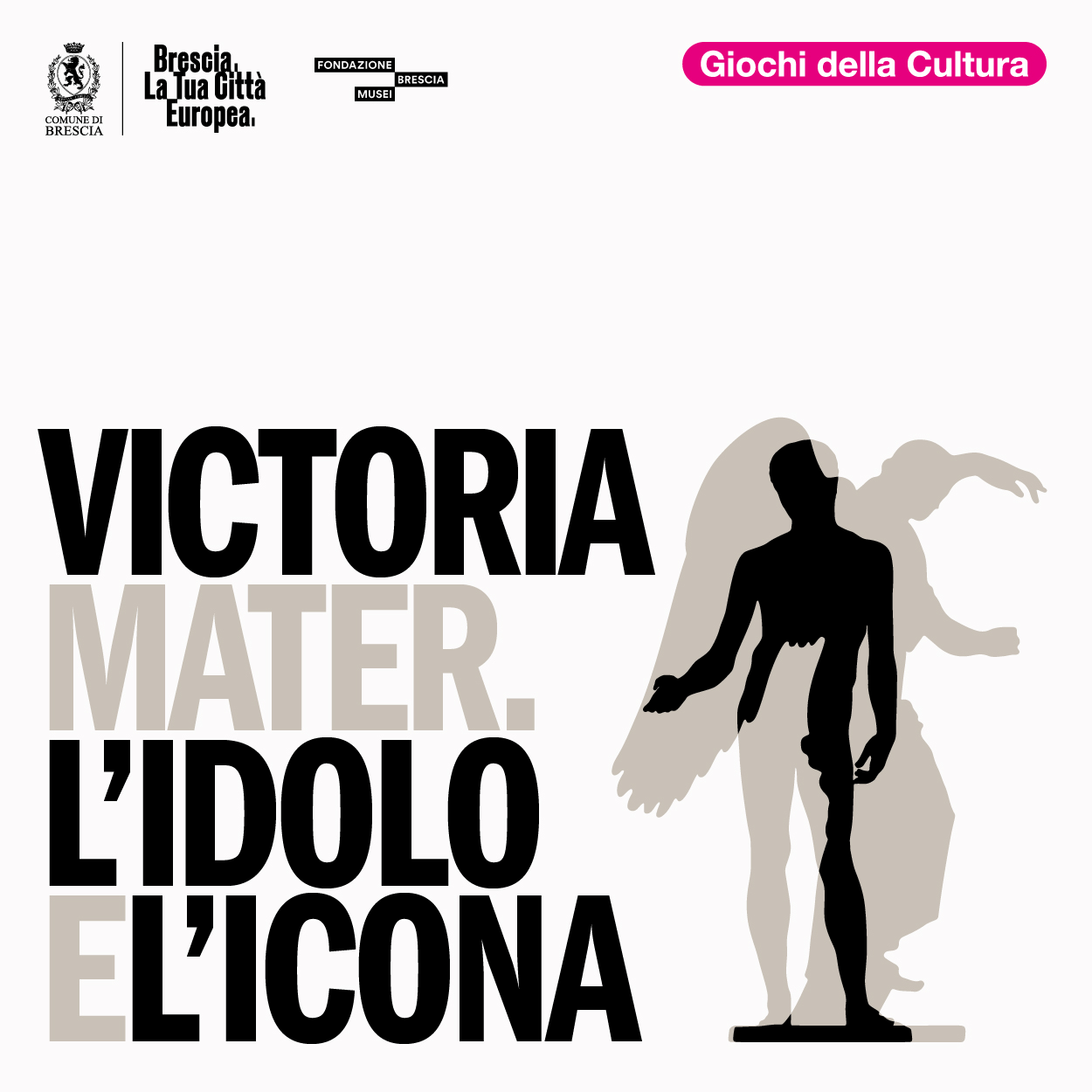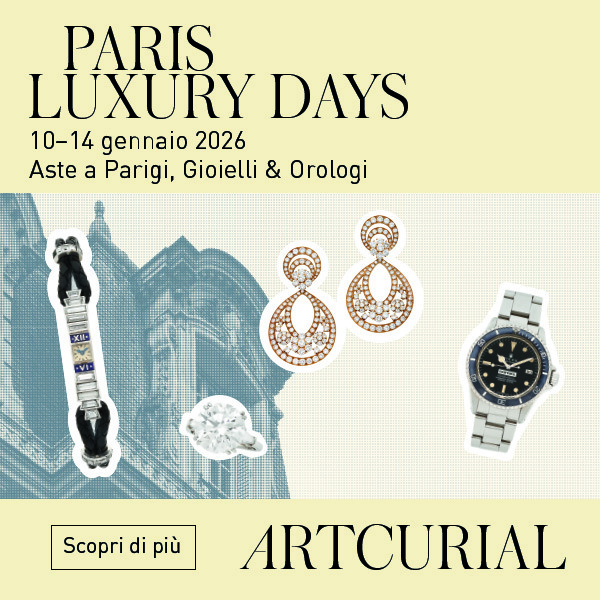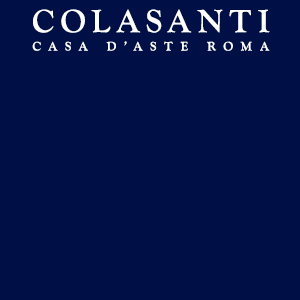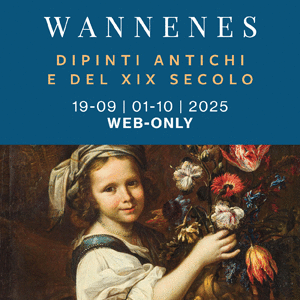Dedicata al mondo dell’arte WUF è pensata come un dispositivo contemporaneo di connessione tra giornalisti e protagonisti dello scenario artistico e ha debuttato con uno speciale appuntamento e due intense giornate di attività martedì 11 e mercoledì 12 giugno 2024. La nuova organizzazione WUF (We Understand the Future) è dedicata a connettere voci creative e valorizzare progetti artistici emergenti attraverso un approccio guidato dall’arte e dalla tecnologia. L’edizione inaugurale prende vita con un evento esclusivo per la stampa realizzato negli spazi dell’iconico Bar Rouge, con la partnership di ArtsLife e de La Lettura de Il Corriere della Sera.
La parola ai protagonisti: P1XELFOOL
Hi, how are you?
Good, thank you for having me here.
Welcome to Basel, welcome to Wolf, this magical place. So, I want to start from the beginning. Why did you choose the name Pixelfull?
Right, so I think I’ve spent quite some time in the past years doing research, mainly theoretical research for about three years, and basically not producing any work. At some point, the research got really deep. I used to believe that for my art to be taken seriously, I had to be extremely quiet and serious about everything. My work had to be contained, the colors had to be contained. But then, I wanted to do something more experimental and wanted people to pay attention to what I was saying. So, although the research was still deep, I wanted to explore ways to make people understand what I was saying. I decided to go the opposite way. My first thought was to choose a playful name, where I could somehow relax and let go. I thought about the name, discussed it with a few friends, and then it felt right for the purpose: P1xelfoll.
Yes, this playful name. So, how do you consider yourself? What is the philosophy behind your work? When did you start?
I’ve been into art since I was 16 when I went to art school. I didn’t come from a family deeply connected to art, but I got interested in computers early on. It always felt right to be around computers. Eventually, I discovered I could publish things online, and that was a magical moment. The first thing was the internet – I could publish stuff and people could see it. My first creative experience was with music because my grandfather was a musician. But when I discovered the internet and publishing, I decided to try visuals at a very early age, like 12. Then I realized I could make a career out of it, so I went to art school at 16. Since then, I’ve been experimenting with photography, sound art, and mainly, in the past 12 years, I fell in love with generative art and art made with code.

Did you think about Net Art of the ’90s?
Yeah, absolutely. Many artists that influenced me would be considered net artists. Eventually, I became friends with many of them. Specifically, being from Brazil, I’ve always felt somewhat disconnected from the global art scene, but the internet is a very democratic place where you don’t need to ask for access to anything. Luckily, I had the chance to connect with a lot of artists and the art scene through the internet. People like Rafael Rozendaal and Nicholas Sassoon have been very inspiring.
Could you explain how your work is created?
This project uses code to generate images in real time in the browser. I use a famous library framework called p5.js. Most of my work is done with p5.js or Processing. It’s not perfect code because I’m not a coder; I just like to experiment. The idea here is to manipulate the core of the images, which is like the data set. I’m going through an array of data and tweaking things, which gives me little to no control over what will appear on the screen. It’s very visual and formal, but it’s more about the process.
So, you don’t consider yourself a painter?
No, absolutely not. For example, I’ve never printed my work. I’m still considering that option, but I’m really interested in just the screen. One reason I use chunky pixels is to take the utilitarian aspect of computers out of my work and shift attention from tasks like spreadsheets and calculations to something more experiential. I’m trying to understand if art through computers and screens can provide experiences similar to those we have in nature, where you’re not trying to attribute meaning but just feel something. So, my work mostly stays on the screen.
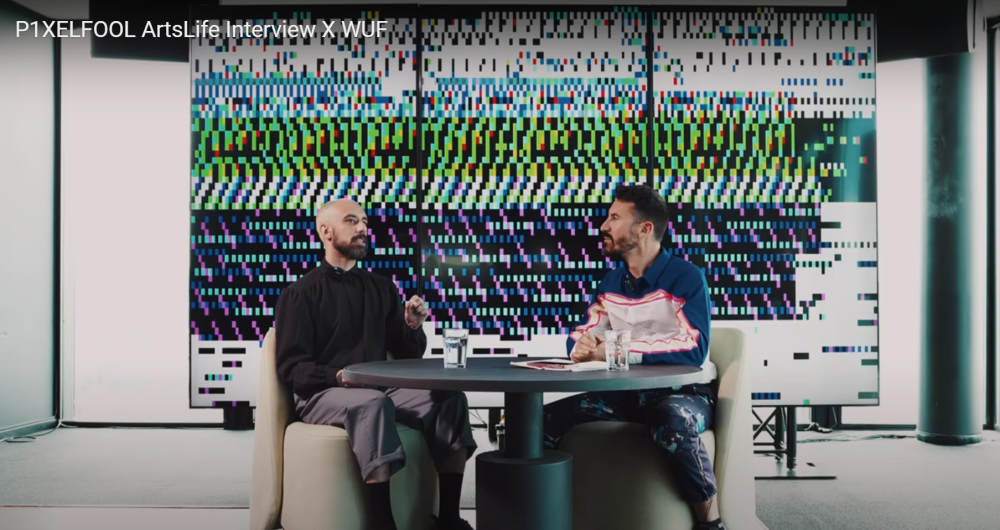
What about artificial intelligence? Are you interested in it?
I am. It’s very early, and there are many concerns, but related to art, I’ve seen many artists doing amazing stuff using AI in their processes. As with any tool, there are good and bad uses, but it can be really exciting if done properly. Some artists have been doing it amazingly well.
Could you tell us about your future projects?
It’s hard because everything moves so fast. Sometimes it feels like people do things at a very slow pace, but we live in a time where you have to be constantly producing. I keep promising myself to take it slow, but I’m not doing that. My main concern now is to refresh the conceptual side of my work. I’ve been producing a lot recently, so I want to go back to studying and understanding why I do what I do. Right now, I have an exhibition happening here in Basel and another in Minorca in the following weeks. After that, we’ll see.
Who are your collectors?
It’s difficult to describe because I made a lot of my work widely available. On Google, for example, I’ve released many editions. The last time I checked, I had more than 3,000 collectors. There are different types of collectors – some look for exclusive pieces, while others prefer something more democratic and cheaper. I like to explore both ways, making my work widely available for people to consume while also working with galleries and institutions for unique pieces. I appreciate all of my collectors.
